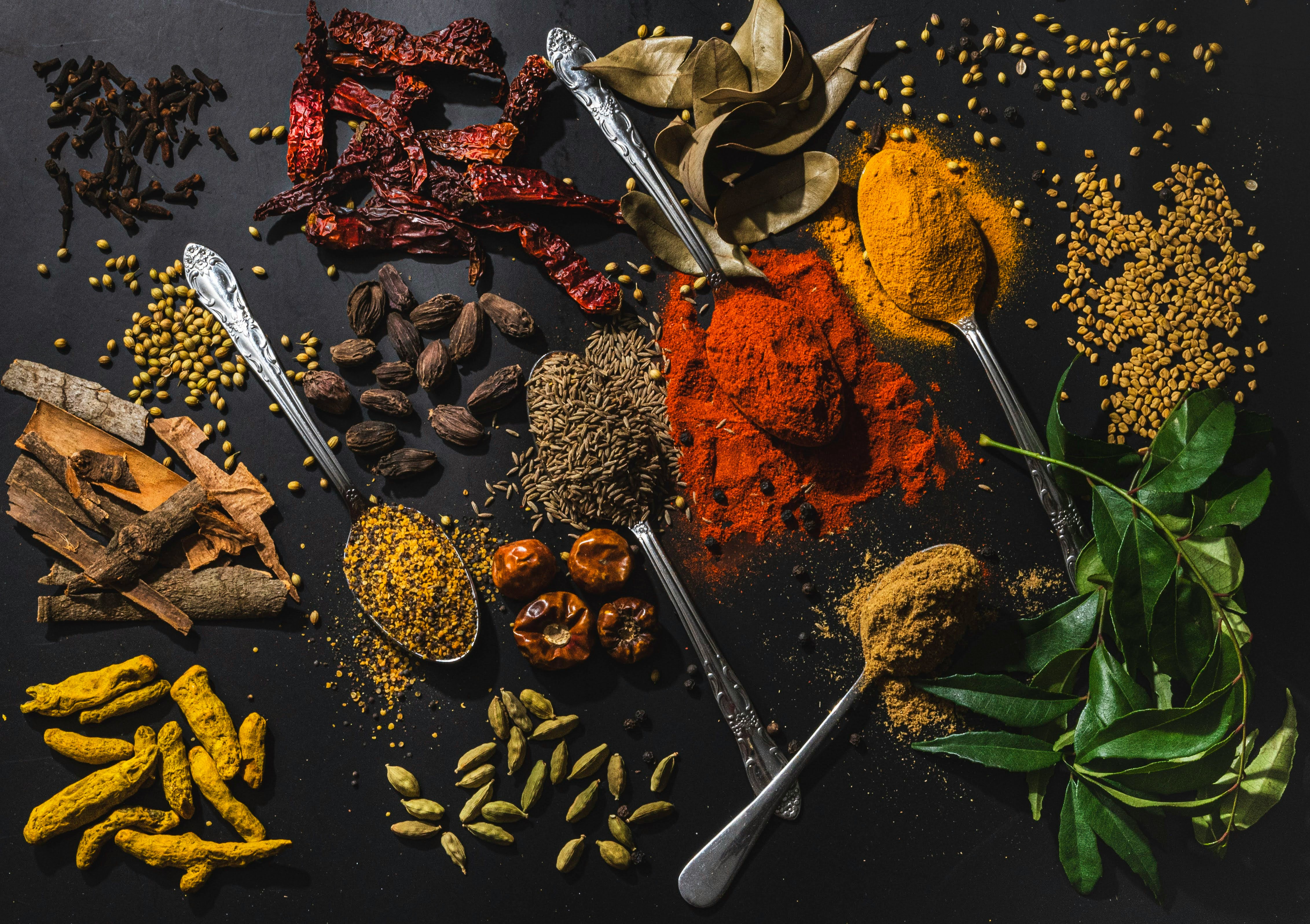Spice Symphony: Mastering the Art of Homemade Curry Pastes
Embark on a flavorful journey through the aromatic world of homemade curry pastes. Discover the secrets behind crafting these versatile foundations that elevate dishes from ordinary to extraordinary. From Thai green curry to Indian tikka masala, we'll explore the vibrant ingredients and techniques that make curry pastes the heart and soul of countless global cuisines.

Essential Ingredients for Curry Mastery
At the core of every great curry paste lies a carefully curated selection of ingredients. Lemongrass, galangal, and kaffir lime leaves form the holy trinity of Thai curries, while garam masala, turmeric, and fenugreek are staples in Indian variations. Chili peppers provide heat and depth, ranging from mild to fiery. Aromatics like garlic, shallots, and ginger add pungency and complexity. Understanding these building blocks allows for endless experimentation and personalization.
Tools of the Trade
While traditional methods involve pounding ingredients in a mortar and pestle, modern kitchens offer time-saving alternatives. Food processors and high-powered blenders can quickly create smooth pastes, though they may lack the depth of flavor achieved through manual grinding. Spice grinders are essential for breaking down whole spices, ensuring maximum flavor extraction. Regardless of the tools used, the key lies in achieving a cohesive paste with balanced flavors.
Techniques for Perfect Pastes
Creating the ideal curry paste requires more than just combining ingredients. Toasting whole spices before grinding releases their essential oils, intensifying flavors. Balancing wet and dry ingredients ensures proper consistency – too dry, and the paste won’t incorporate well; too wet, and it may lack intensity. Some recipes call for cooking the paste before use, while others rely on raw pastes for brighter flavors. Experimenting with these techniques allows for a deeper understanding of curry creation.
Beyond the Basics: Creative Applications
While curry pastes are traditionally used in stews and soups, their versatility extends far beyond. Use them as rubs for grilled meats, mix into mayonnaise for vibrant sandwich spreads, or blend into hummus for an exotic twist. Stir a dollop into scrambled eggs or fold into bread dough for flavor-packed loaves. The possibilities are endless, limited only by culinary imagination and adventurous taste buds.
Curry Paste Wisdom
• Store homemade curry pastes in airtight containers in the refrigerator for up to two weeks, or freeze for longer storage.
• Experiment with different chili varieties to adjust heat levels and flavor profiles.
• Toast spices in a dry pan until fragrant before grinding for maximum flavor impact.
• Use kaffir lime zest as a substitute if fresh leaves are unavailable.
• Adjust paste consistency with neutral oil or water as needed for different applications.
In conclusion, mastering homemade curry pastes opens up a world of culinary possibilities. By understanding the core ingredients, techniques, and creative applications, home cooks can elevate their dishes to restaurant-quality levels. Embrace the art of curry paste creation, and let your taste buds embark on a global flavor adventure right from your own kitchen.





